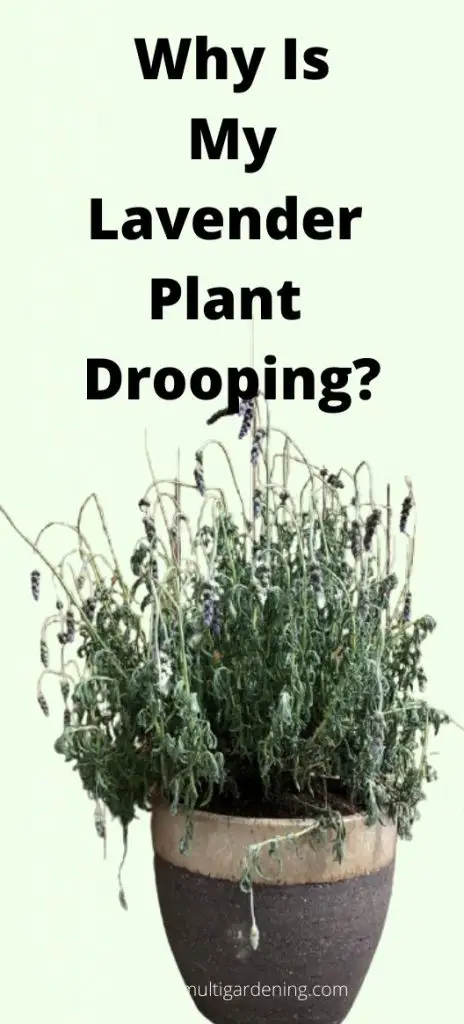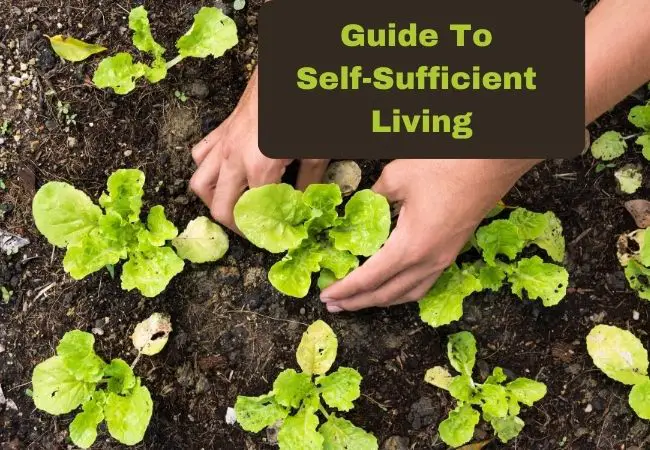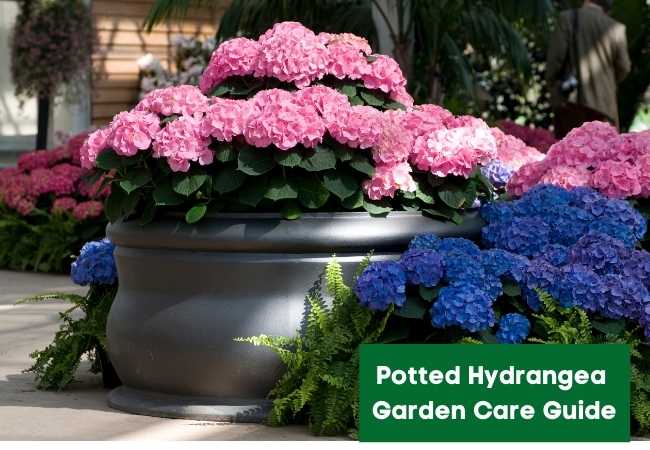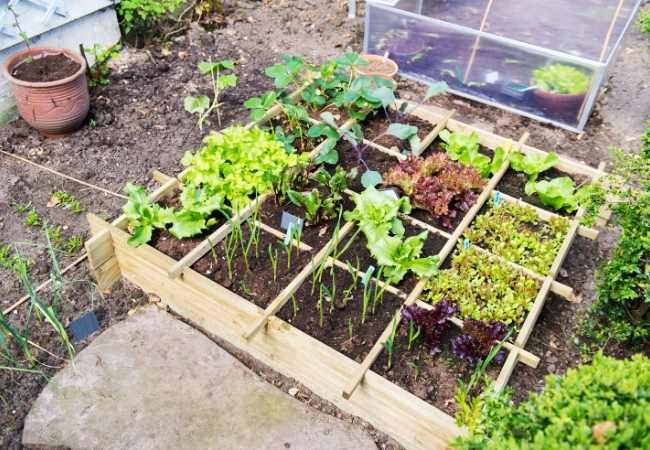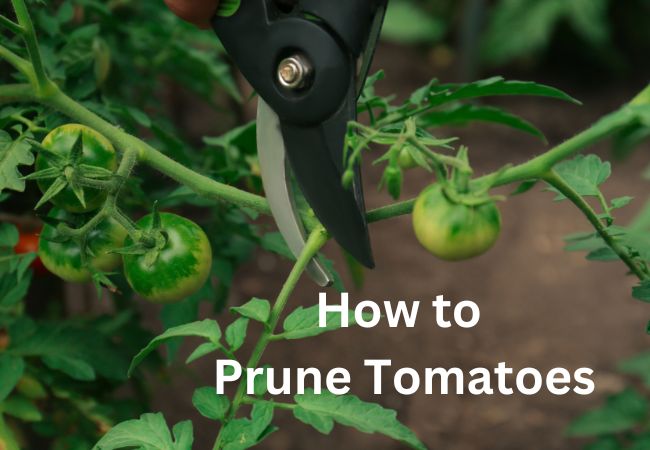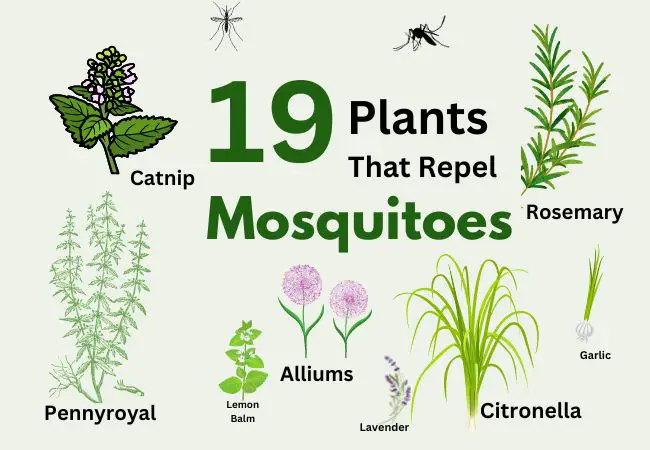Why Is My Lavender Plant Drooping (Causes/Solutions)
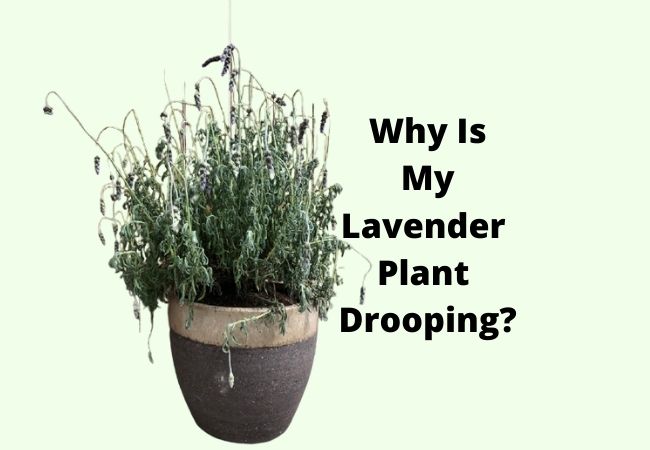
Wondering why is my lavender plant drooping, here are the answers. Drooping lavender may be caused by a lack of nutrients, disease, or environmental stress.
Why Is My Lavender Plant Drooping?
Some common causes for drooping lavender include low humidity, high light intensity, high fertilizer levels, disease, and root rot. Lavender is especially sensitive to fluoride, which can cause leaf burn.
Proper diagnosis is important to determine if the drooping is serious and requires immediate attention or if it’s part of the plant’s natural growth cycle.
To help identify what is causing drooping lavender, take a close look at the plant’s roots. Healthy lavender plants have firm, white- or cream-colored roots with dense hair growth.
If the roots are soft, mushy, or smelly they likely are diseased. If the lavender plant has been over-fertilized, the roots may turn bright yellow or orange.
A healthy lavender plant’s leaves are stiff and tough with a leathery feel. Diseased plants have droopy, pale leaves that are yellow on the underside and brownish-red on top.
Lavender flowers are very sensitive to fluoride, which can cause leaf burn. Check this post on the complete guide on growing lavender.
Environmental factors may also lead to drooping lavender. If the relative humidity is low, the plant will wilt even though it has adequate water because it cannot absorb water quickly enough through its roots.
Lavender planted in full sun with little mulch or root protection will droop on hot days. Lack of humidity and over-fertilization, especially with magnesium or calcium can also lead to drooping lavender.
How Do You Revive A Wilted Lavender Plant?
Reviving a wilted lavender plant is possible with some time, water, and proper care. The best solution is to repot the lavender plant.
First off, gather your supplies. You will need:
- A pot that can fit the lavender’s roots
- The Lavender flower/plant
- Water
- Potting soil
Before you begin, dig a hole in your pot of soil and place some water inside. Replace the dirt so it is dampened throughout. This step will help ensure that when you do add the Lavender plant back into its new home, it does not immediately dry out again.
Next, remove your lavender plant from its old soil. It may be helpful to use a small shovel or spade, but be careful not to break the root system. Shake off any excess soil that clings to the roots and remove any dead leaves, flowers, etc.
Place your lavender plant in the pot and add some potting soil around the roots. The water you added to the dirt in your pot should help with getting the soil to stick. You may also use a watering can (with a fine opening/spray) to add water and moisten everything up.
Once everything is moistened, add more soil on top of the Lavender plant. If the plant is small enough, you may be able to do this with your hands or a simple shovel/spade. You don’t want the lavender’s stem to poke out from the top of the soil. It should be almost completely covered.
Once everything is properly set up, water your Lavender plant well and place it in a location with plenty of sunlight. You should notice that within a couple of days to a week, the lavender is back in full bloom!
Why Is My Lavender Limp?
It’s not uncommon for lavenders to go “limp” in the winter. This usually only lasts about a month or two, but it can be very frustrating.
The reason your lavender is going limp is because it has gone dormant for the winter! Dormancy is part of the natural life cycle of plants. They go quiet in the cold months so that they can conserve their energy for growth when it warms up again.
Even though your lavender is probably just sleepy, there are some things you could try to perk it back up before it dies.
First off, stop watering! The cold weather will not be kind to your plant if it’s sitting in water, and it will rot.
You can try pruning the plant back a little bit to force it to produce new growth, but this is risky in winter. It may be easier for you to start over with a small cutting in the spring when your lavender starts growing again.
If all else fails, you can always replace your lavender with a new plant come springtime.
Conclusion
Lavender is one of the easiest plants to grow both in gardens as well as in containers and pots. It is not at all fussy.
If your lavender is droopy, limp, wilted it can be saved if you note it early enough. If it is beyond saving, don’t worry you can begin again with a new cutting.
Hope this post on why is my lavender drooping was helpful. Don’t forget to follow me on Multigardening Pinterest if you love plants.
